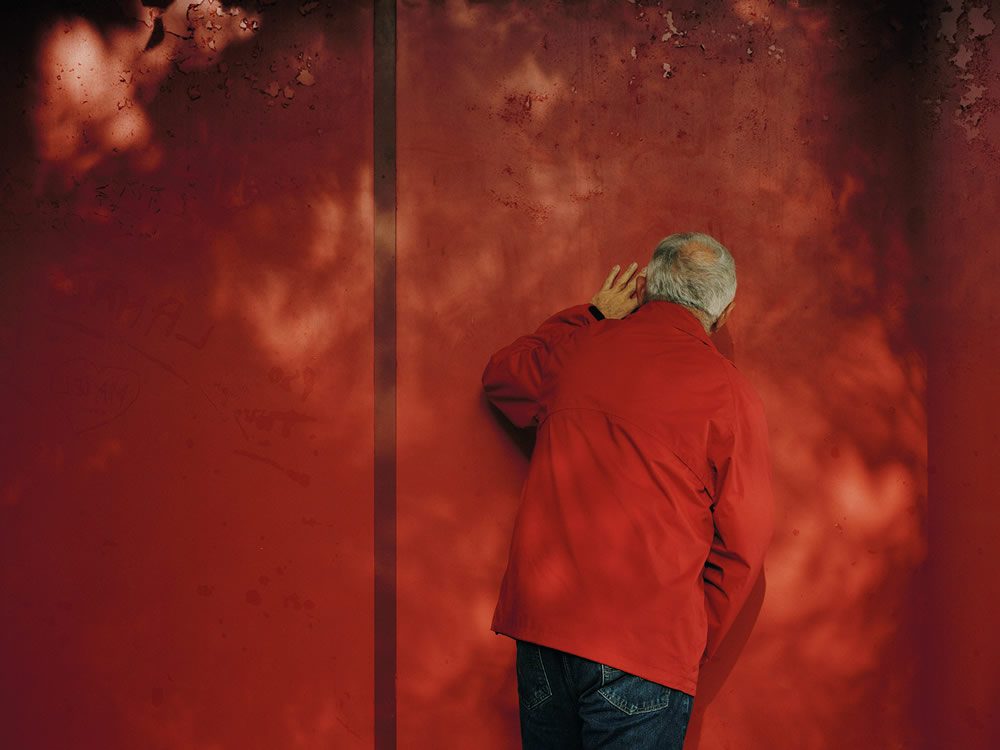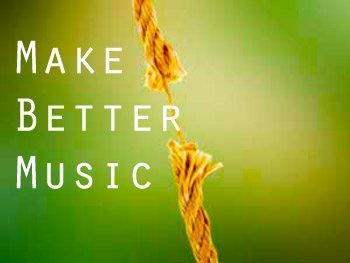This is another subject that comes from the hallowed annals of music theory…except that I’ve promised not to get technical on this blog, so I’ll try to cover some general ideas without going off on one.
Films and other projects are often described, in their early stages as being “in development” ….this brings to my mind an image of ideas being worked on until they are “presentable”, and financial deals being hammered out behind the scenes.
In terms of musical structure, the meaning is slightly different, referring more to an evolution in the material that the listener perceives the during the finished product. The ideas evolve and this evolution has some meaning…even if the meaning is coldly abstract or hazily emotive.
I don’t often hear much development within electronic music – ideas are presented and repeated, but they rarely change in a meaningful way. The times when this does happen tend correspond to the times that I’m listening to someone who is a great, artistic musician.
(As usual there is a disclaimer here…there is a purpose to development in music, and it is not always needed, or wanted, or for the best. As I always say…the key is knowing what works best, what to use and what to leave out. As Robert De Niro said “The talent is in the choices”).
I’m not going to go into specific techniques of developing and creating variations on musical ideas, as this would require a whole book in itself, and is essentially a process as individual as you are.
I will however talk a little bit about general ideas that might help you inject a little extra life into your music.
Remember to balance variation and repetition (unless a particular context makes it better not to!)
Give your piece a lifespan, make it grow and change…and just like a living thing, there will be elements that change but are still recognisable from before (again, unless a particular context makes it better not to do this!)
When music repeats the listener gets an expectation…that it might change, or that it will stay the same, that they might be grokking some little details in the repetition that they didn’t notice before…or they might be getting bored…or a change might make them jump – whatever it is, though, it has a meaning and emotional impact. This impact and meaning are what links a person to a piece of music. The choices you make in creating it will determine how a listener will respond to it – and no two listeners will necessarily be the same, it’s not something predictable. You shouldn’t really be trying to invoke an exact particular response, like some Derren Brown trick, but instead projecting your ideas in the way that works for you.
Living, evolving pieces of music will most likely resonate strongly with living, evolving people. It’s communication…where the language is emotions and feelings.
To give a really simple example, if you perhaps have a melody that sounds sad, but each time it comes back it changes a little and sounds happier, until at the end of the track it sounds really upbeat and cheerful. I know it’s a cheesy example, but don’t you think you’d pick up on it? If you didn’t pick up on it consciously, don’t you think something deeper in you might react to it?
The sad to happy idea is pretty unsubtle, but I hope it demonstrates a basic form of the sort of process you can put in place.
The music goes from one place to another over time. In some minimalist music, the process becomes the music…especially some Steve Reich pieces where he sets up a rule (or more than one) and the music just follows those rules until they play out and the piece is over.
That’s an abstract process…but the cool thing is, is that music is received by us (I’m assuming you are human here by the way) as an emotional thing. It doesn’t matter if the process that created it was mechanical – the end result can easily be heard as having an emotional meaning.
Consider a drum machine beat. Even just a kick drum going four to the floor: boom boom boom boom (four booms every two seconds!). Even just that pulse…that means something to a listener. To someone it could be a sound that starts a rush of excitement and energy at the thought of dancing for the next few hours…to someone else it could mean another bloody party nextdoor.
My point is that each of these viewpoints starts and ends somewhere. The more you, to use a very nasty cliche, “take the listener on a journey” – the better your chance that someone will follow you to the destination.
The more interesting the journey the happier they will be to let you guide them. So much music is more like watching the motorway embankment go by for 4 hours.
Let your tracks evolve, have an emotional direction, and drop the listener off in a different place to where you picked them up.
Make Better Music is updated every Tuesday.
Image: Francesco Marino / FreeDigitalPhotos.net

David Learnt composition (harmony, counterpoint and orchestration) to degree level through studying Schoenbergs Fundamentals of Musical Composition, the classic text on twentieth century harmony by Vincent Persichetti, Henry Mancini’s Sounds and Scores, Rimsky-Korsakov’s excellent books on orchestration as well as studying any scores that intrigued me. He is a founder member of two bands, avant pop duo Cnut, and orchestral doombience outfit Regolith, and have performed across Europe with them.





















